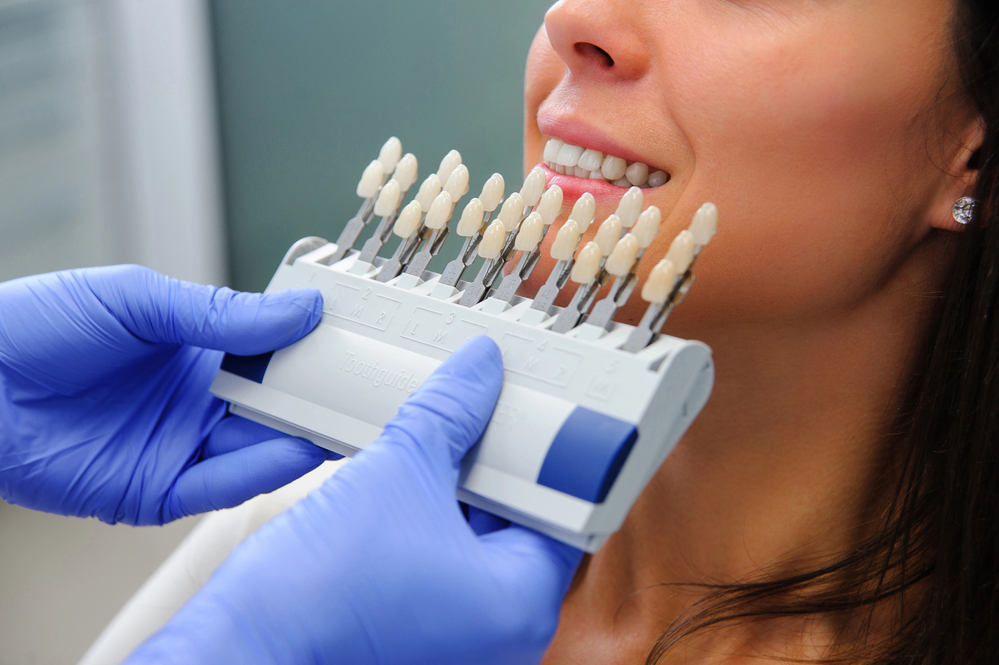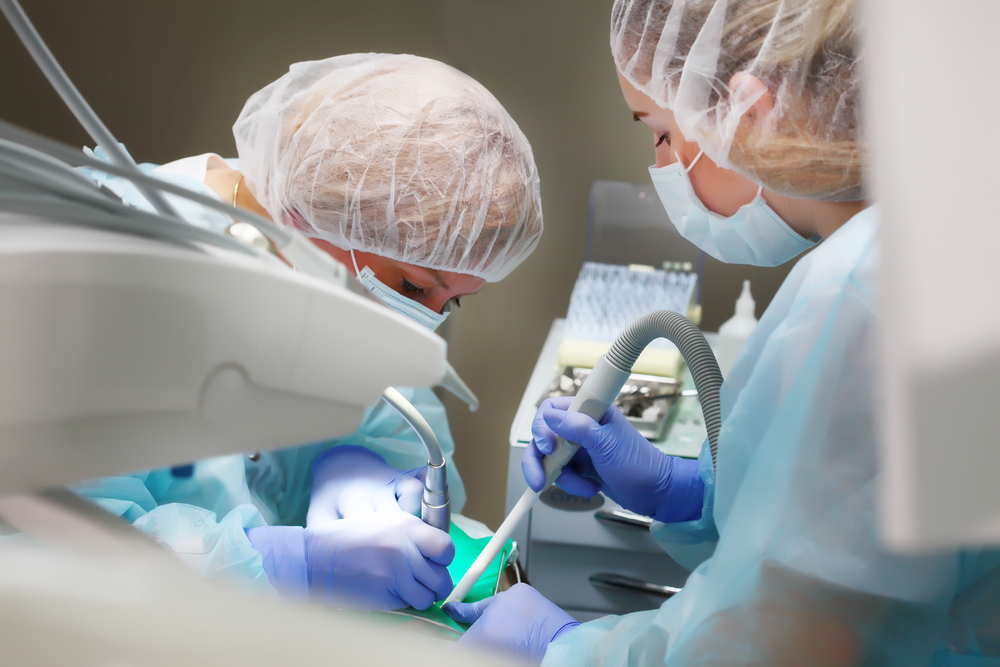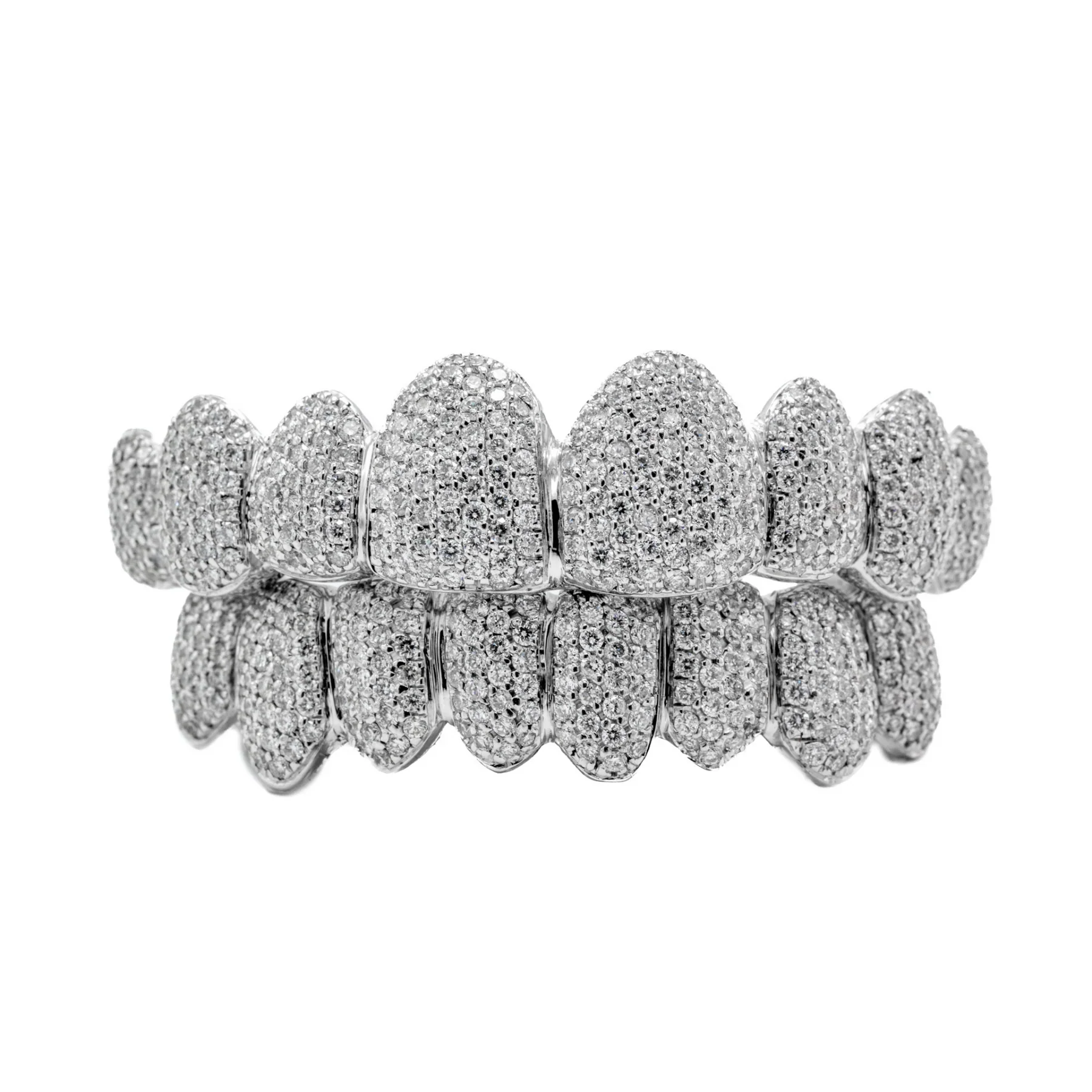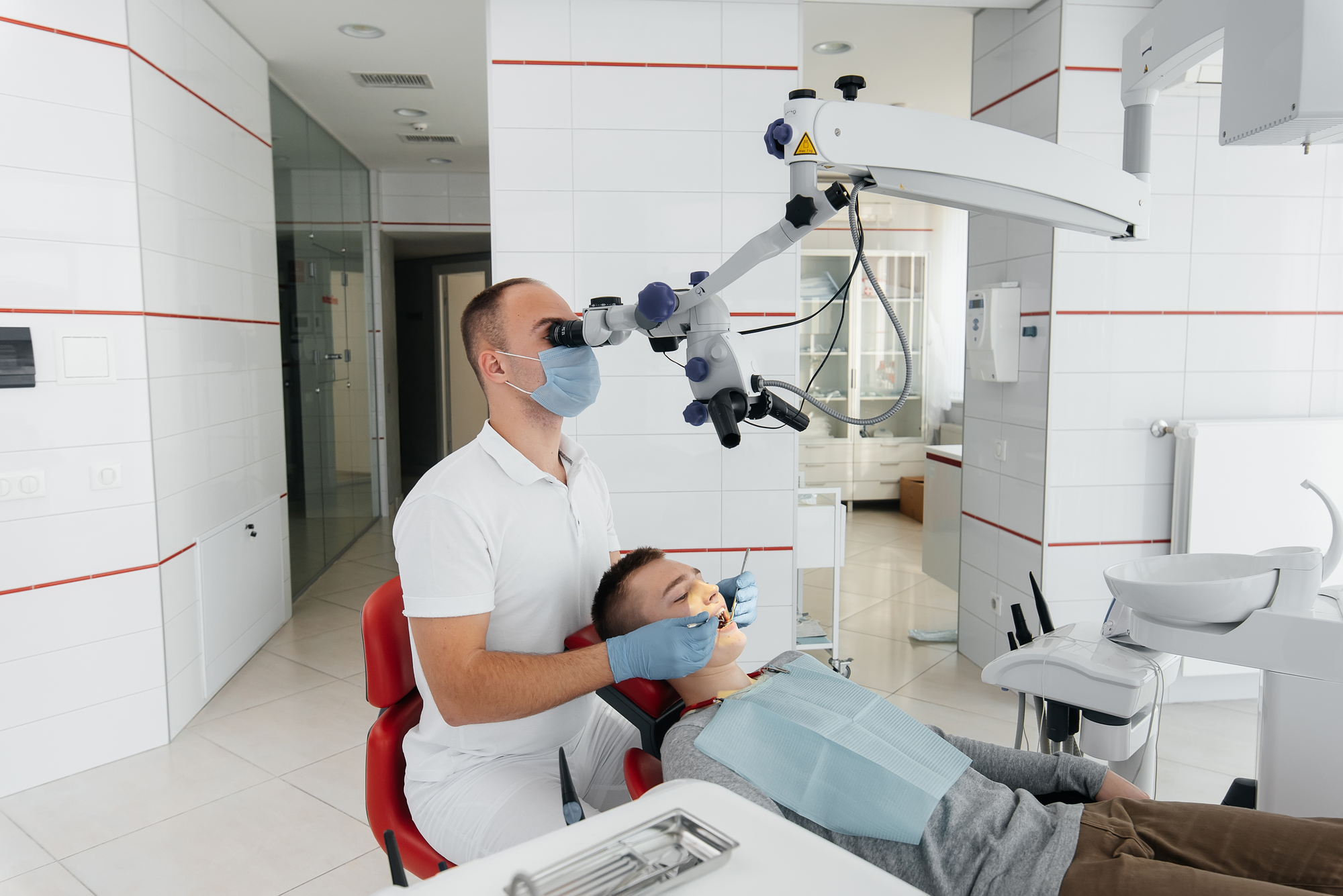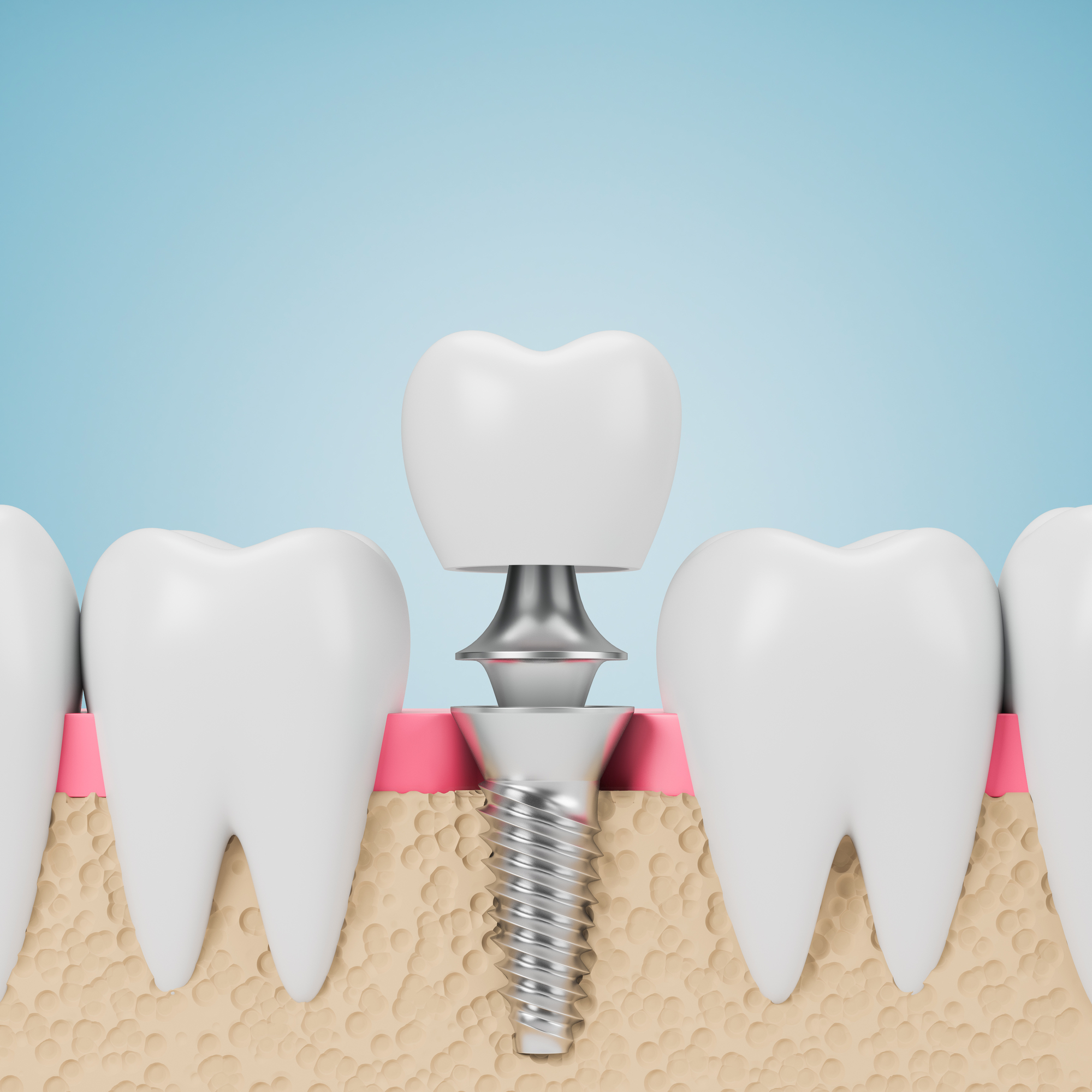Welcome to our teeth talk! Have you ever wondered why we have two sets of teeth? And what on earth does a wallaby have to do with it? Well, get ready to sink your teeth into some fascinating dental history and evolution. From the first fish-like creatures that developed tooth-like structures over 500 million years ago, to modern-day dental restoration techniques like fillings and implants, we’ll explore how our pearly whites have evolved and adapted over time. So grab your toothbrush and let’s dive in!
The History of Teeth
The history of teeth dates back to prehistoric times, where they were used for biting, chewing and tearing food. The oldest known teeth belonged to a creature called Conodonts which lived over 500 million years ago. These creatures had no jaws but rather used their teeth-like structures to grasp and crush prey.
Fast forward several million years later, the first jawed fish appeared around 420 million years ago with bony plates in their mouths that served as rudimentary teeth. These primitive structures slowly evolved into more complex dentition among other vertebrates such as sharks and reptiles.
In humans specifically, evidence suggests that our ancient ancestors had larger jaws with more room for wisdom teeth due to tougher diets requiring more processing power from our molars. However, as our diet became softer over time, we lost the need for these extra molars leading to frequent dental problems like crowding or impaction.
The
history of dentistry is also closely intertwined with the evolution of human civilization itself with different cultures developing various methods and tools for treating oral health issues including tooth extraction using crude instruments made out of animal bones or sharpened stones. Thankfully modern dentistry has come a long way since then!
How Teeth Evolved
The evolution of teeth is a fascinating subject that has been studied by scientists for decades. Teeth first appeared in early jawless fish, which lived over 500 million years ago. These primitive teeth were made from enamel and dentin, and they were used for grinding up small organisms.
As vertebrates evolved and diversified, different types of teeth emerged to suit their varied diets. For example, carnivores developed sharp incisors and canines for tearing flesh, while herbivores evolved flat molars for grinding tough plant material.
Over time, the structure of teeth became more complex as animals adapted to new environments and feeding habits. In mammals, this led to the development of specialized tooth types like premolars and molars that are well-suited for chewing food into tiny pieces.
Interestingly enough, humans also went through an evolutionary process with their teeth. Our ancient ancestors had much larger jaws than we do today because they needed plenty of space to accommodate all 32 of their adult teeth! But over time our diet changed so much that we no longer needed such large jaws or set numbers of particular type(s)of teeth.
The evolution of teeth is a testament to how adaptable life can be when it comes to surviving in changing conditions.
The Different Types of Teeth
There are four different types of teeth in the human mouth, each with its own unique shape and function. The incisors are located at the front of the mouth and have a flat edge that is used for biting into food.
Canines, on the other hand, are sharp and pointed and are designed to tear into flesh or tough materials. Premolars have a flatter surface than canines but still have cuspids that allow them to grind up food.
Molars are larger teeth located toward the back of the mouth which also help with grinding up food during digestion.
Each type of tooth plays an important role in breaking down food before it enters our digestive system. Without these varying shapes and functions, we would struggle to properly process our meals.
It’s important to take care of all of these different types of teeth through proper oral hygiene habits like brushing and flossing regularly as well as regular dental check-ups. By doing so, we can ensure that our teeth remain healthy for years to come!
Why We Have Two Sets of Teeth
Our teeth are essential for our survival as they help us break down food into smaller pieces, which we can then swallow and digest. However, have you ever wondered why humans have two sets of teeth? Well, the answer lies in our evolution.
When we are born, we do not have fully developed teeth because it would be challenging to survive with hard food at this stage. Hence, babies develop their first set of primary or baby teeth around six months old. These milk teeth eventually fall out over time and get replaced by a second set of permanent adult teeth.
The reason behind having two sets of teeth is that the first set acts like a placeholder for the permanent ones. Our jaws grow significantly from infancy to adulthood; therefore, having one single set of fixed-sized adult teeth will not fit well inside an ever-growing mouth.
Moreover, while some animals like sharks continuously regrow their lost or broken teeth throughout their lives without any root system in place; human’s permanent replacement rests on roots beneath the gum line called dental restoration procedures such as fillings or implants if damaged.
Humans’ evolution has adapted perfectly to allow us to eat food effectively by developing two sets of different sized-teeth instead of relying on animal-like continuous tooth regeneration processes seen in other species.
Tooth Restoration Process
Tooth restoration is the process of bringing back the normal function and appearance of a damaged or missing tooth. The common dental or tooth restorations include filling, crowns, bridges and implants.
The first step in tooth restoration is an evaluation by a dentist. The dentist will examine your teeth thoroughly and recommend the best course of treatment based on your dental condition. If you have cavities or mild damage to your teeth, then fillings or bonding can be used for restoring them.
For more severe cases such as chipped or broken teeth with extensive decay; crowns may be suggested which cover and protect the entire tooth surface from further damage.
If one or more teeth are missing altogether due to injury or disease; dental implants provide an excellent solution that mimics natural-looking replacement that lasts for decades with proper care.
Tooth restoration not only improves the look of your smile but also enhances chewing ability, prevents further decay and reduces sensitivity while improving overall oral health. It’s important to keep up regular check-ups with a licensed professional who can help prevent future problems before they become serious concerns
Conclusion
Our teeth serve a vital role in our daily lives. From helping us to eat and speak properly to giving us confidence with a great smile, they are essential for our overall well-being. Understanding the history of teeth helps us appreciate their significance even more. Reading dental news updates is important to get updated with the current happenings in the dental world.
While we have two sets of teeth and may experience dental issues throughout our lifetime, it’s comforting to know that there are options available for tooth restoration through fillings or implants. By taking proper care of your teeth and seeking professional help when needed, you can ensure that your pearly whites will remain healthy and strong for years to come.


